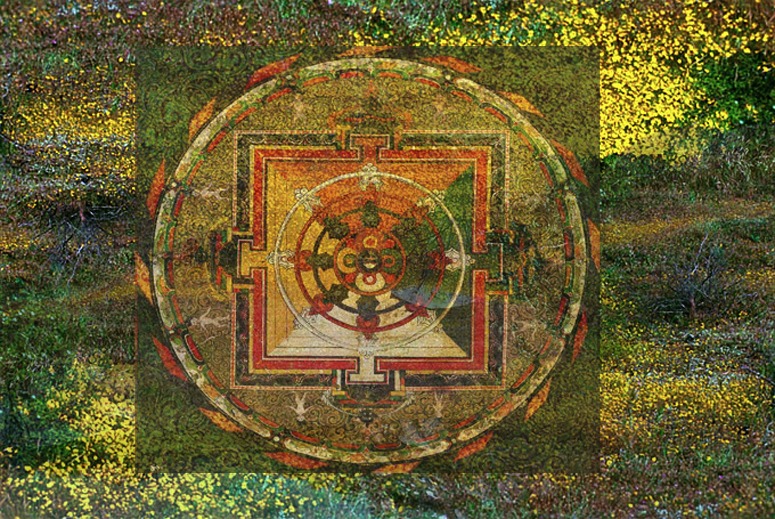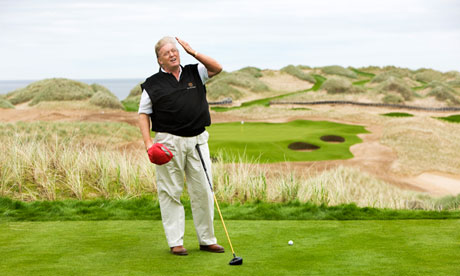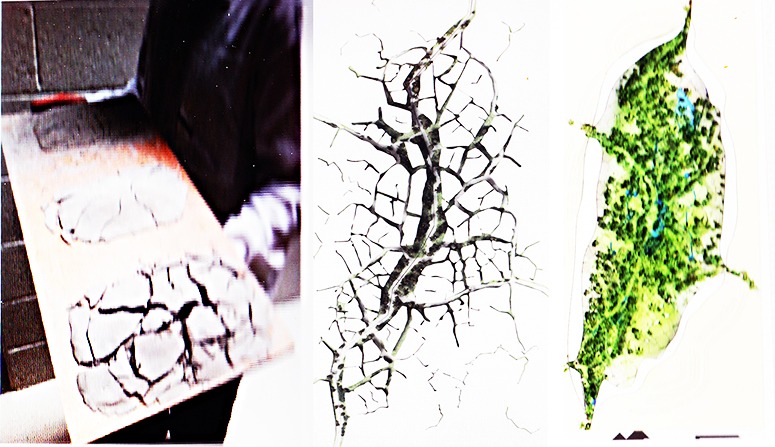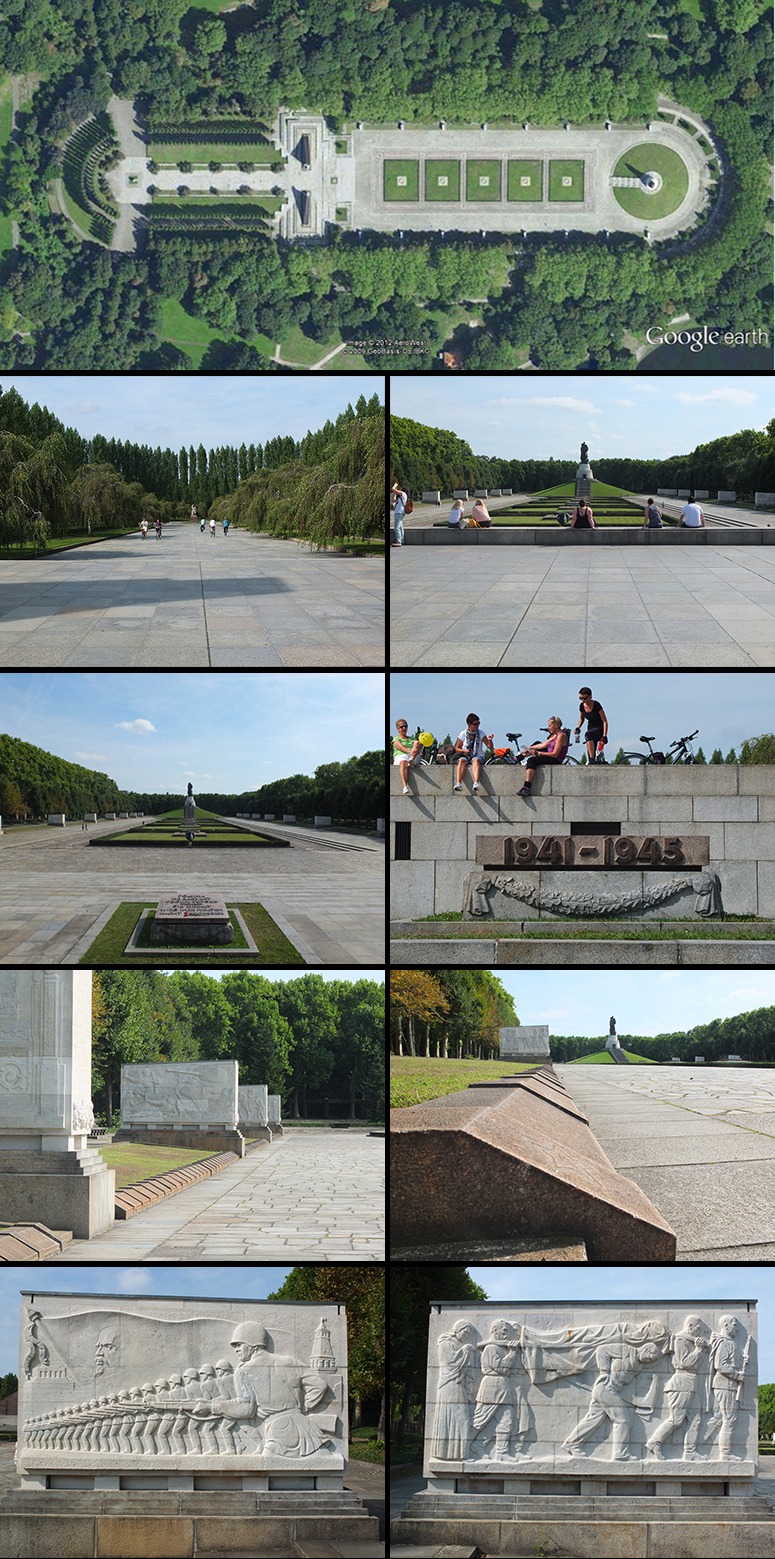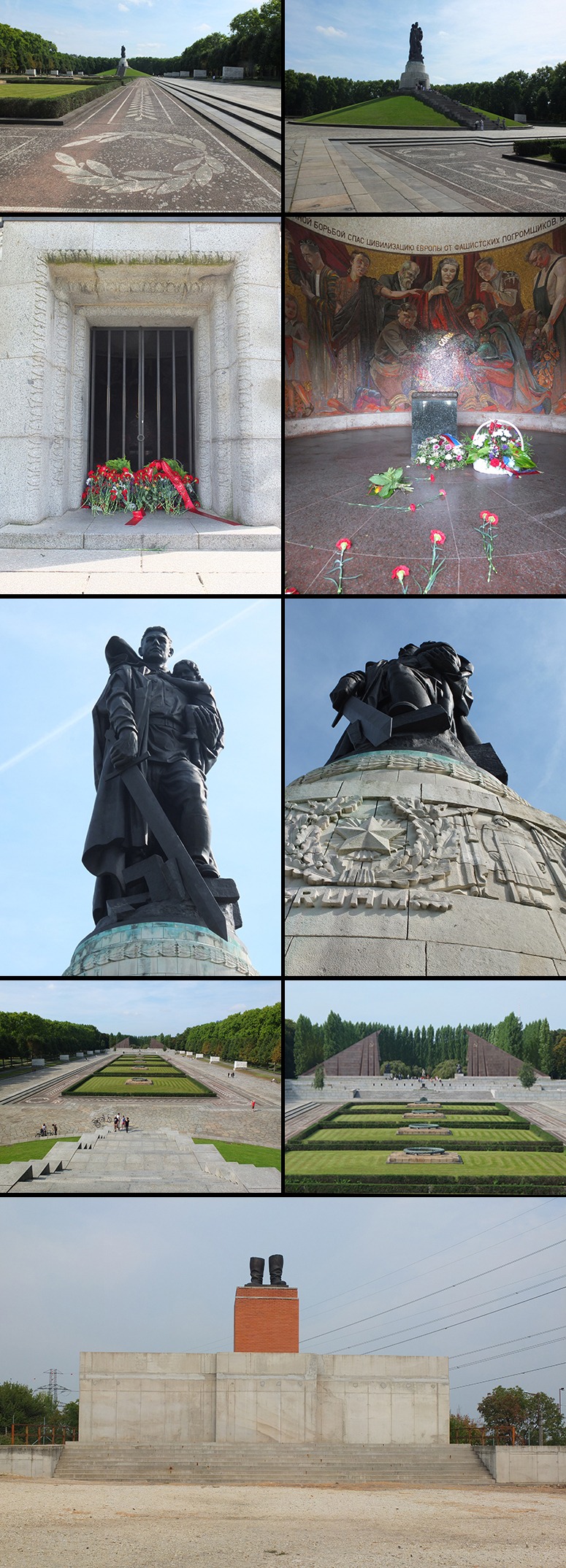The Chelsea Fringe Garden Festival is in its second year. Congratulations to all who have helped make it happen – and especially to Tim Richardson, the Festival Director. What the Chelsea Fringe needs next is sponsors. I would like to suggest Richard Branson to sponsor the main event. He has given us the Virgin London Marathon, so why not the Virgin London Chelsea Fringe? It would also be good to have sponsors for Chelsea Fringe Show Gardens (see my suggested Chelsea Fringe Sponsorship Opportunities]. The right garden in the right place could give the sponsor more bangs/buck than an ordinary garden in the Chelsea Flower Show. London developers etc (eg of hotel gardens, office gardens, roof gardens and small public open spaces) could give them a special treatment and open them for the 3 weeks of the Chelsea Fringe. The developers of Battersea Power Station have an even better idea: they are LAUNCHING the development of a luxurious housing project with the creation of a 2.5 acre Pop-Up Park as part of the 2013 Chelsea Fringe Festival. The design is by LDA landscape architects, who also managed the delivery of the 2012 Olympic Park.
Category Archives: Landscape Architecture
Environmental Green eco-Buddhism and the ethics of landscape architecture and garden design
Buddhism is a belief system. Though sometimes described as a ‘religion’ the Buddha’s teaching had no creation story and no gods. Nor did the Buddha want to be ‘worshiped’. Some Buddhist sects became more like the other religions but CHANGE (anicca) is an essential characteristic of Buddhism – and one which favours the development of green, environmental, eco-Buddhism. Buddhism can be compared to open-source software in this respect. Everyone can draw upon the core code and everyone can make contributions. Buddhists have never fought each other in the way that Protestants have fought Catholics and Shias have fought Sunnis. Without giving them a specifically Buddhist interpretation, it is evident that the core principles could be of use to the environmental professions come from the Ayran Path:
1. Right view
2. Right intention
3. Right speech
4. Right action
5. Right livelihood
6. Right effort
7. Right mindfulness
8. Right concentration
Buddhism has the very attractive characteristic of being kind to animals. Wiki puts it like this ‘Animals have always been regarded in Buddhist thought as sentient beings, different in their intellectual ability than humans but no less capable of feeling suffering. Furthermore, animals possess Buddha nature (according to the Mahāyāna school) and therefore an equal potential to become enlightened.’
Buddhism dates from what Karl Jaspers called the Axial Age – as do the origins of the world’s other major philosophical and belief systems. That period seems to have had a talent for beliefs equaling our own priod’s talent in science, which may be a reason for looking so far back to find sound ethical principles. It is of interest that the medical profession dates from the Axial Age and has a good base in the Hippocratic Oath. I once had a go at adapting the Hippocratic Oath for landscape architecture.
Wiki gives the following figures for the numbers of adherents of the major world faiths:
Christianity 2,000–2,200
Islam 1,570–1,650
Hinduism 828–1,000 I
Buddhism 400–500
Nobody knows how many Chinese people are, to a greater or lesser extent, followers of Buddhist ideas. If the number is large, Buddhism could move up the rankings. My impression is that ‘communist China’ is now building more Buddhist temples than any country has ever built at any point in history.
Scotland's landscape & architecture Trumped by Alec Salmond and the SNP
I lived round the corner from one of the founders of the Scottish National Party for 20 years and supported the idea of an independent Scotland. Wendy Wood was the daughter of a landscape painter, and an artist herself. Like me, I think she would have withdrawn her support from the SNP if she had known it would lead to the destruction of Scotland’s landscape. There are good landscape architects in Scotland but a friend told me that the major part of their workload is now supporting, and opposing, the construction of windfarms. The turbines are pork barrels – ways of giving subsidies to local people to buy their votes.
The Arbroath Delcaration, addressed to the Pope in 1320 stated (here in a brilliant translation from the Latin) the wish to be independent ‘Yet if he should give up what he has begun, and agree to make us or our kingdom subject to the King of England or the English, we should exert ourselves at once to drive him out as our enemy and a subverter of his own rights and ours, and make some other man who was well able to defend us our King; for, as long as but a hundred of us remain alive, never will we on any conditions be brought under English rule. It is in truth not for glory, nor riches, nor honours that we are fighting, but for freedom — for that alone, which no honest man gives up but with life itself. ‘. Wood, like Roger Casement, was of English stock. The declarators of 1320 were proud of their descent: ‘Most Holy Father and Lord, we know and from the chronicles and books of the ancients we find that among other famous nations our own, the Scots, has been graced with widespread renown. They journeyed from Greater Scythia by way of the Tyrrhenian Sea and the Pillars of Hercules, and dwelt for a long course of time in Spain among the most savage tribes, but nowhere could they be subdued by any race, however barbarous. Thence they came, twelve hundred years after the people of Israel crossed the Red Sea, to their home in the west where they still live today. The Britons they first drove out, the Picts they utterly destroyed, and, even though very often assailed by the Norwegians, the Danes and the English, they took possession of that home with many victories and untold efforts; and, as the historians of old time bear witness, they have held it free of all bondage ever since. In their kingdom there have reigned one hundred and thirteen kings of their own royal stock, the line unbroken a single foreigner.’ Today, they do not want to be ruled by the Pope or the English. Far better, they think, to be ruled by Mamon and the Brussels Bureaucracy.
Trump International Golf Links hopes to become “the world’s best golf course”. Bill Forsyth made a wonderful film in 1983. Local Hero is about a small community in Scotland chose preservation of their landscape to riches from oil. Congratulations to the Guardian for its photograph (above) and to BBC2 for showing Anthony Baxter’s film You’ve been Trumped.
I’d like to see Salmond return to the land of his forebears: Greater Scythia. He will find lots of oil and even-more-ghastly development. With luck, he will be able to wrestle naked with other Scythians and enjoy Borat’s Cultural Learnings of America for Make Benefit Glorious Nation of Kazakhstan. Good luck to him – and good riddance for Scotland.
I would like to be able to boast that the UK landscape profession, led by the Landscape Institute Scotland Branch, has fought a bitter campaign against Trump golf course. But it hasn’t.
Conclusion: watch Local Hero with a tumbler of malt whisky. It will make you feel better.
Canon Bernard Iddings Bell and the postmodern landscape architecture of Heatherwick and Jencks
Heatherwick, like most artists, holds back from classifying the style in which he works. But he has a well-tested design method and explains that ‘If a potential commissioner asks for “just a sketch”, we have to try to explain that this is not the way to work’. This is because ‘The studio’s design process has always depended on its workshop, which allows it to test and realize ideas through the making of experimental pieces, protypes, models and full-size models of buildings’. I commend this method to the landscape profession. Jonathan Ive (of Apple) also goes through a protyping sequence – which results in the classic High Modernism of Apple products. Corbusier would love Apple products. Heatherwick and Ive both trained in the UK, Heatherwick studying 3D design and Ive studying industrial design. Heatherwick then went to the Royal College of Art, which presumably helped him to become as much an artist as a craftsman as a designer. Also, I believe, it led him into postmodernism. Heatherwick accepts the core insights of Modernism but adds ‘something more’. The more is often a fascination with the controlled repitition of shapes and patterns. Sometimes, this reminds me of Andy Goldsworthy’s work.
The word ‘postmodern’ was first used by John Watkins Chapman in the 1870s as a term for what we would classify as post-impressionist art. In 1926 the term received an unrelated but serious treatment in Canon Bernard Iddings Bell’s Postmodernism and Other Essays. Bell’s argument was that religious fundamentalism is unacceptable, because of the advance of science, and that a full Modernism is also unacceptable. Equating Modernism with the Liberal theology of George Tyrrell and Alfred Loisey, Bell put forward a Postmodernism which welcomed the the insights of science but held firm to the core principles of Christianity. Quotations from Bell:
The Bible can no longer be regarded as an inerrant touchstone, the wholly infallible gift of the Eternal to struggling man.(p.4)
Modernism is, properly, a way of looking at religion which originated with Loisey and Tyrrell, two eminent and deposed Roman Catholic priests. (p.7) [Both were excommunicated]
There is no art for art’s sake. All art exists for the sake of Truth. (p.13)
The scientific intelligentsia now realizes, and for the most part freely admits that, merely by scientific methods, nothing of basic importance, of primary importance, of ontological importance, can be discovered. (p.21)
Fundamentalism is hopelessly outdated. Modernism has ceased to be modern. We are ready for some sort of postmodernism. (p.54)
Insofar as he exists at this moment, the Post-modernist is apt to be a man without a Church. Protestantism, Modernism, and Romanticism alike seem to him to miss the point. (p.65)
This takes us to the distinguished theorist and landscape designer who brought the term Postmodernism to the visual arts. Charles Jencks argues that postmodernism is an approach which is ‘one-half modern and one-half something else’. This is not as different from Bell’s view as one might have expected. Bell and Jencks appear to agree that (1) a scientific understanding of nature is essential (2) artists should be concerned with truths about the nature of the world – as the best landscape art always has been.
God of our fathers, known of old,
Lord of our far flung battle line,
Beneath whose awful hand we hold
Dominion over palm and pine—
Lord God of Hosts, be with us yet,
Lest we forget—lest we forget!
The tumult and the shouting dies;
The captains and the kings depart:
Still stands Thine ancient sacrifice,
An humble and a contrite heart.
Lord God of Hosts, be with us yet,
Lest we forget—lest we forget!
Far called, our navies melt away;
On dune and headland sinks the fire:
Lo, all our pomp of yesterday
Is one with Nineveh and Tyre!
Judge of the Nations, spare us yet,
Lest we forget—lest we forget!
If, drunk with sight of power, we loose
Wild tongues that have not Thee in awe,
Such boastings as the Gentiles use,
Or lesser breeds without the Law—
Lord God of Hosts, be with us yet,
Lest we forget—lest we forget!
For heathen heart that puts her trust
In reeking tube and iron shard,
All valiant dust that builds on dust,
And guarding, calls not Thee to guard,
For frantic boast and foolish word—
Thy mercy on Thy people, Lord!
Political Landscapes
Located in East Berlin, the Soviet Memorial in Treptower Park is the last resting place for 7,000 Russian soldiers. Planned in 1945, finished in 1949, the design was chosen in a competition to which 33 submissions were recorded. The winning design came from an artist’s collective that included the architect Yakov Belopolski, the sculpter Yevgeni Vuchetic, the painter Alexander Gorpenko and the engineer Sarra Valerius.The memorial was completely restored between 2003 and 2009, including the shipping of the 70 ton, 12 metre tall main statue – a Red Army soldier holding a child and standing over a shattered swastika – to the island of Rügen and back for repair. The memorial is ca. 570 metres long, 150 metres wide, and the main statue with its base mound stands 30 metres tall.
I am always very impressed with designs that rest heavily on trees for their main spatial definition. The Soviet Memorial relies on plane trees – now around 30 metres high – to define its outer boundary, with pleached limes – now around 15 metres high – used to step this scale down as an internal edge. There is an amazing avenue of weeping birches, now with crown diameters of up to 15 metres, planted at 25 metre centres. The western end of the axis is closed with lombardy poplars. One would look far today for a client that would be prepared to countenance a design that would first be ‘realised’ 40 years and more after its actual completion. As the point of the memorial is to convey everlasting glory upon the fallen soldiers, this aspect of the design makes it for me particularly moving.
The detailing of the memorial is superb. Students of landscape design should be encouraged to visit it to learn the importance of step, edge and paving details, and the enormous power of simplicity when ‘writ large’. It is a living memorial, fresh red carnations are strewn throughout on the statuary, and the room below the main statue is filled with flowers and garlands. There is a complete absence of religious symbolism.
Many people will not like this memorial, or this kind of political landscape. I was surprised myself that I found it very moving. Though most visitors were simply out enjoying the sun, one overheard many conversations on political themes, so it does seem that this piece of landscape design is still engendering debate.
The final image, included for contrast and to encourage comment, is taken in Budapest’s Memento Park, a collection of statuary from the Russian occupation of Hungary. The statue is of Stalin’s boots, all that remains of a massive sculpture of him that once stood in the centre of the city, after the population sawed off the rest of it and pulled it down.
Top 20 International Landscape Architecture & Design Websites 2012
W e were pleased to see the GSP list of the Top 20 International Landscape Architecture & Design Websites 2012: Giants of Landscape Architecture Online – and very pleased to appear on the list:
e were pleased to see the GSP list of the Top 20 International Landscape Architecture & Design Websites 2012: Giants of Landscape Architecture Online – and very pleased to appear on the list:
2. Gardenvisit.com – The Garden Landscape Guide @gardenvisit
3. Sustainable Design and Development Blog @landarchitects
5. ASLA American Society of Landscape Architects @landarchitects
8. The Cultural Landscape Foundation @TCLFdotORG
9. Center for Land Use Interpretation Facebook
10. The Vertical Farm Project @VFDoctor
11. Landezine: Landscape Architecture Works
12. World Landscape Architecture
13. Pruned
15. Urban Greenery
17. Landscape Architects Network

